How Colour Psychology Can Help You in Marketing?

We live in a world where we associate emotions and feelings with our primary senses such as taste, smell, colour and feel. The planet we live in is filled with colours and people have associated them far long with emotions — such as plants — green — fertility and calmness, white — tranquillity — flowers, clouds etc., Recently, a marketing research study shows that 93% of buyers focus on visual appearance, 80% for the brand name (guilty) and 85% pay attention to a product because of its colour. Based on these facts, designers and marketers have exploited this colour psychology to appeal to their customers.
Colour psychology has been one of the debatable topics as most of the theories and conversations are based on controversy, speculation and hearsay statements. As a means to attenuate this intolerance, we decided to shed some light on the so-called colour psychology.
Albeit, colour psychology deals with a various spectrum the fundamental element is the colour wheel.
PIXel-A-Round — Wheel
The renowned mathematician Sir Isaac Newton, invented the colour wheel. The next familiar is Colorimetry, (that’s a real thing. I didn’t make it up) a metric used to measure colours based on the Munsell colour system.

When working with the spectrum, every template has to work with at least two colours popularly black and white. To make this more flattering people found a way to implement with more than 3 colours at most which make up a palette.
A colour is expressed through 3 set of values Hue, Value, Chroma or Hue, Luminescence, Saturation. Although a spectrum of colours is available, Red, Blue, Green and Yellow are the basic colours which can be mixed in different proportions to get the expected outcome.
Hue
The attribute of a colour by virtue of which it is discernible as red, green, blue or yellow etc., which has its own wavelength and independent of intensity or lightness.
Value
Value refers to the lightness or darkness of a colour. The Value scale read from darker shades to brighter, pale tints.
Chroma
Chrome or chroma is used to represent pure unaltered pigments.
Most popular palette schemes are Monochromatic, Analogous, Complementary and Triadic.
Monochromatic
When a palette of colours is chosen from a single colour with varying levels of depth and lightness, the range is simple and efficient.

Analogous
When selecting a palette if you work with the adjacent colours from the colour wheel, it is called an analogous palette.
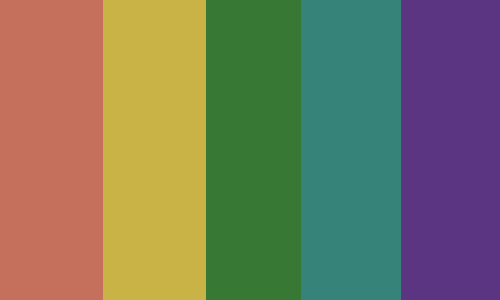
Complementary
When selecting this palette if you choose colours that are opposite to each other in the colour wheel, this palette makes up the complementary palette.
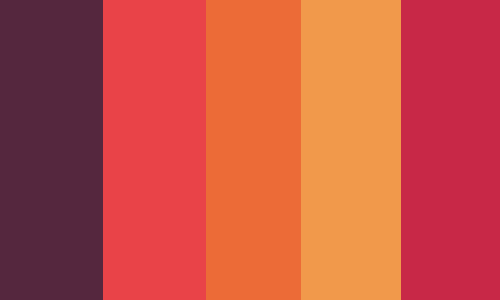
Triadic
When making up a palette, if you plan to choose three colours from the colour wheel at the same distance from each other then the palette is made of triadic.
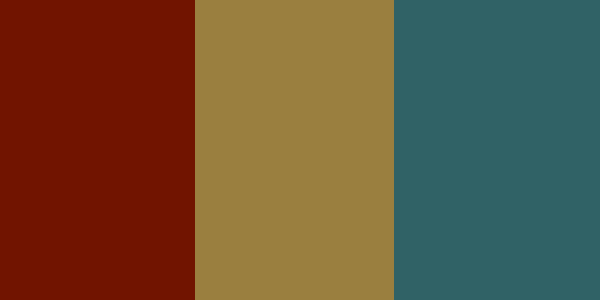
Branding
When it comes to branding, although various other factors play a role, colour has its own significance.
Have you ever observed this trend where millennials and start-ups in the hopes to demolish patriarchy and gender bias, advertised their (particularly unisex) products in a relative pink background or the product itself in pink a.k.a popularly known as the millennial pink. And weirdly people bought into it, .

Similarly, studies such as Impact of Colour in Marketing and Exciting Red and Competent Blue prove that rather than seeing things as products, people view them as if the brand has its own personality and everything from the colour to motto should align with what the product is and the firm’s belief. (Then again, who would want to buy a Nike shoe if they didn’t get the feeling that Nike isn’t trendy, functional and cool?)
Also studies have revealed that the human mind prefers recognizable brands, which makes the colour a crucial factor while creating a brand/identity.
Brand personality
Most marketers use colours to convey their brand’s personality, a set of human characteristics that can be found in association to the product/brand. When a brand is expressed in terms of human traits, it is called brand personality. Most common personality traits are associated with basic colours
How to decide what colours to choose for marketing?
The Classic Colour Vision System has proved the influence colours exert on humans. The Vision system divides the spectrum based on their wavelength into the warm and cold colour range. Those colours that are built on the blue/violet undertones are cold cold. Those built on red/orange undertones are considered warm. Moreover, experiments were carried out where people who worked in warm colour surroundings were found to be livelier and more productive, whereas cooler colours have tended to relax people and have increased their creativity.
What colours have meant over the decades?
Red
The Classic Colour Vision System has proved the influence colours exert on humans. The Colour Vision system divides the spectrum based on their wavelength into the warm and cold colour range. Those colours that are built on the blue/violet undertones are cold colours. Those built on red/orange undertones are considered warm colours. Moreover, experiments were carried out where people who worked in warm colour surroundings were found to be livelier and more productive, whereas cooler colours have tend to relax people and have increased their creativity.
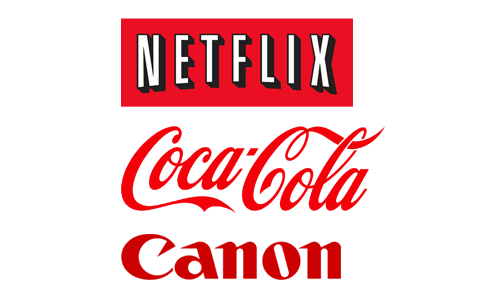
Blue
Blue has been associated with male kind for too long and is considered a cool colour. The colour often portrayed as the colour of the sky, water — entrusts peace and reliability. This is used by brands to promotes trust and security. The colour’s personality is often expressed as Loyal, Respectful, and Social.
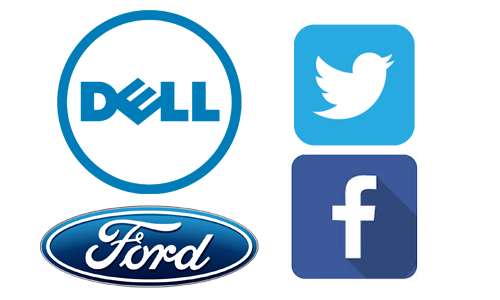
Green
Green is specifically used by the designers to promote food products, organic products and other nature-based brands. The green represents health, hope, growth of power and nature.
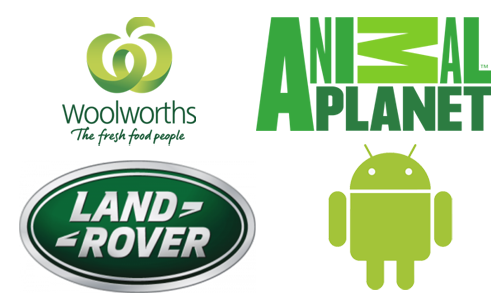
Purple
Regarded as majestic and royalty, perceived colour personality as wise, and respectful. It promotes creativity.
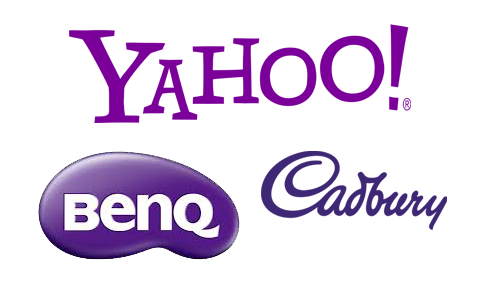
Magenta
Magenta/ Hot Pink often associated with feminine nature. The colour’s personality is often expressed as imaginative, passionate and innovative. Promotes positive energy.
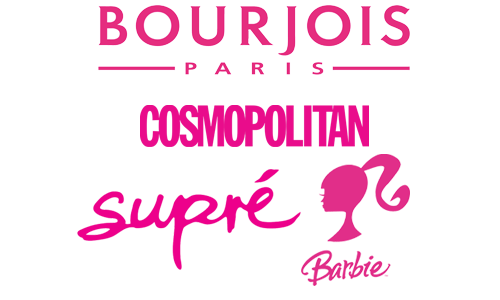
Orange
Orange is a well suited for non-corporate companies. It invokes feeling bright, light and fun. Triggers courage, confidence, warmth and innovation.
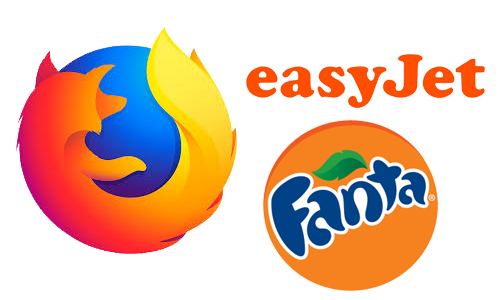
Yellow
Considered a happy colour, it is said to represent youthfulness, warmth, creativity and optimism. Yellow being a bright colour is said to grab kid’s attention and is used in most fast-food chains.
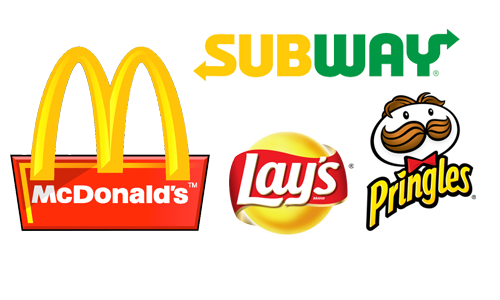
Black
Adored by brands that promote security, power, elegance, authority and sophistication. Black has been around for centuries and is considered more flattering and heroic. The personality trait is often symbolised in industries, fashion and entertainment.
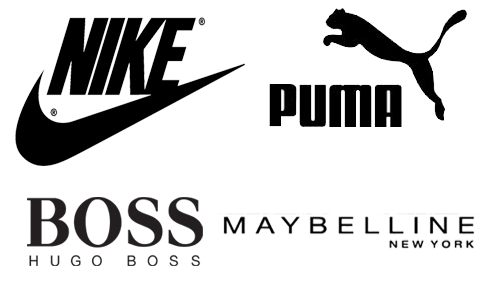
White
Represents purity, calm, clarity, tranquillity and sincerity. White merges with other colours popularly known as pastels. White designs are often preferred as they are considered Professional. However some people may include Grey and Silver under the white spectrum as well.
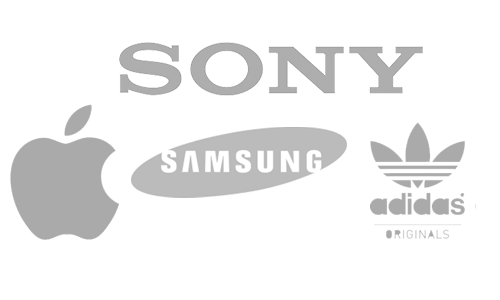
So, is colour theory any true?
When it comes to picking the right colour, predict the consumer’s reaction. So, if Nike owners buy the product in order to feel cool, and trendy you could assume that they would prefer to keep up with what’s in right now.
Actually, it depends. When picking up a product a lot of factors — personal preferences, fond memories, celebrity/family/friends influences, culture, habit, upbringing, ethnicity, trends etc., play a role and you can never be crystal clear about the choices made. However, it doesn’t hurt to try at least once.
Centizen
A Leading IT Staffing, Custom Software and SaaS Product Development company founded in 2003. We offer a wide range of scalable, innovative IT Staffing and Software Development Solutions.
Contact Us
USA: +1 (971) 420-1700
Canada: +1 (971) 420-1700
India: +91 63807-80156
Email: contact@centizen.com
Our Services
Software Development
IT Staffing
General Staffing
Remote Hiring
Products
Software Development
UI/UX Design
Product Development
Devops Services
Managed Cloud Services
Tech Stack
Contact Us
USA: +1 (971) 420-1700
Canada: +1 (971) 420-1700
India: +91 63807-80156
Email: contact@centizen.com






